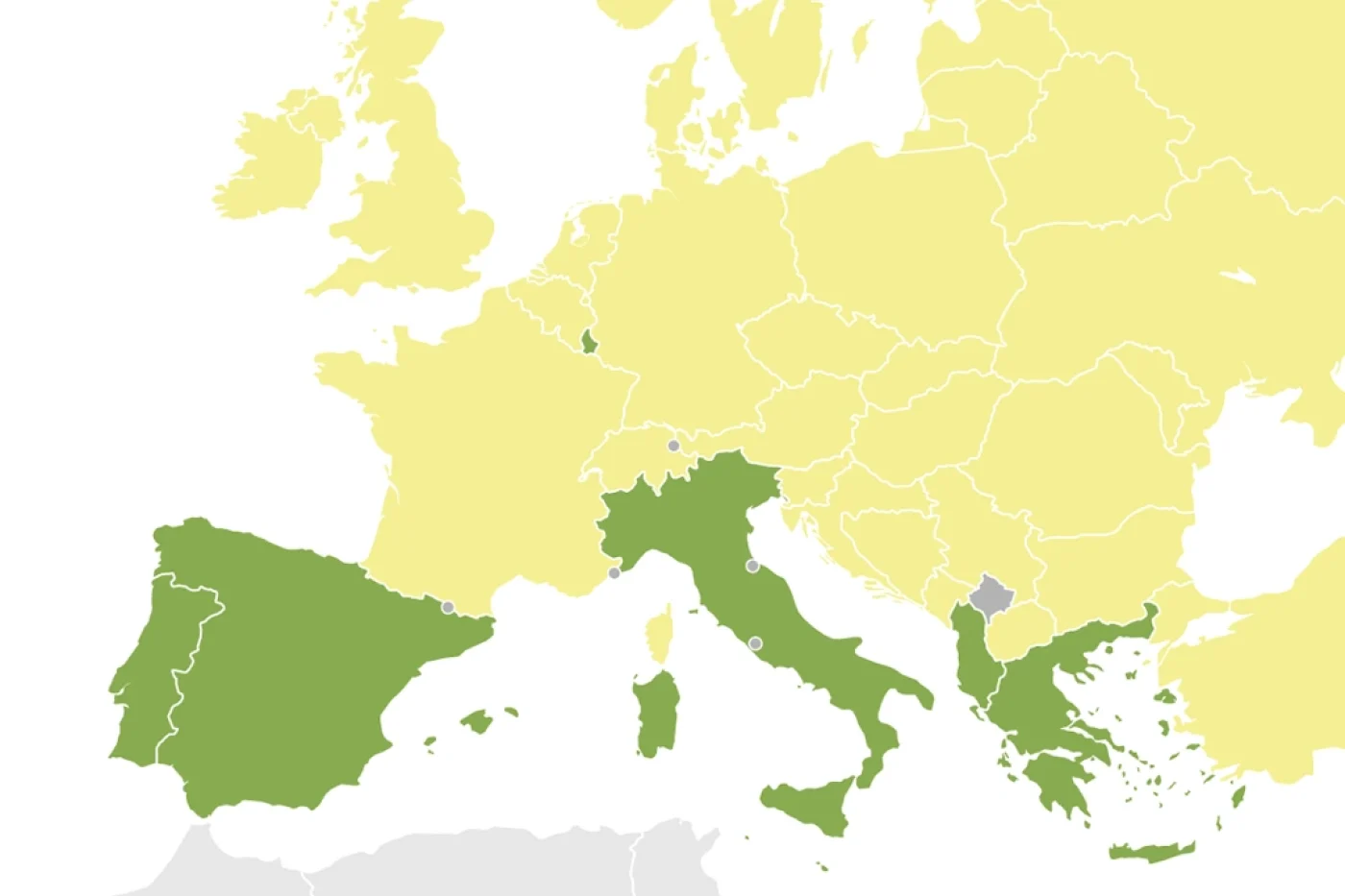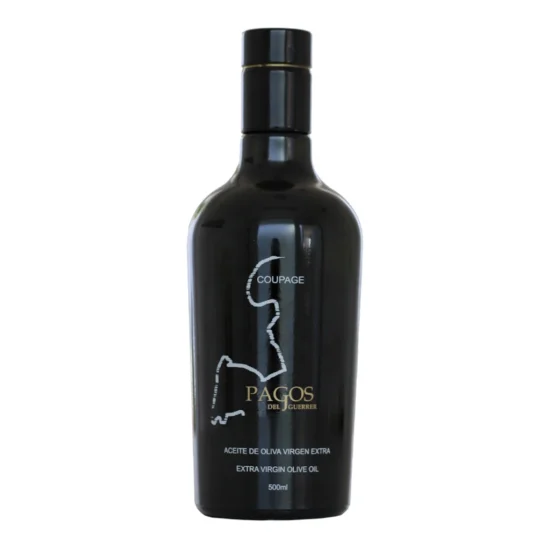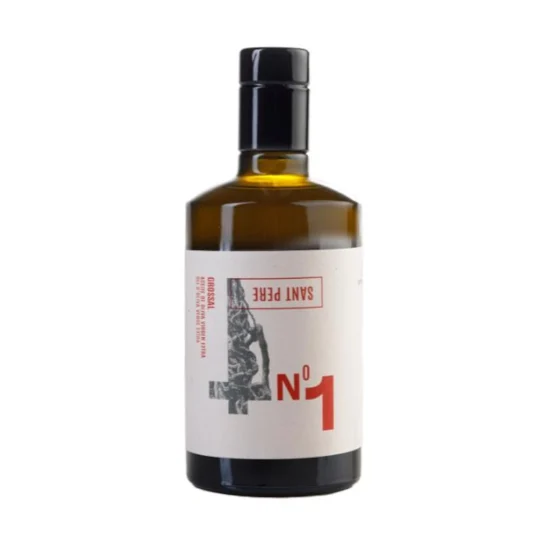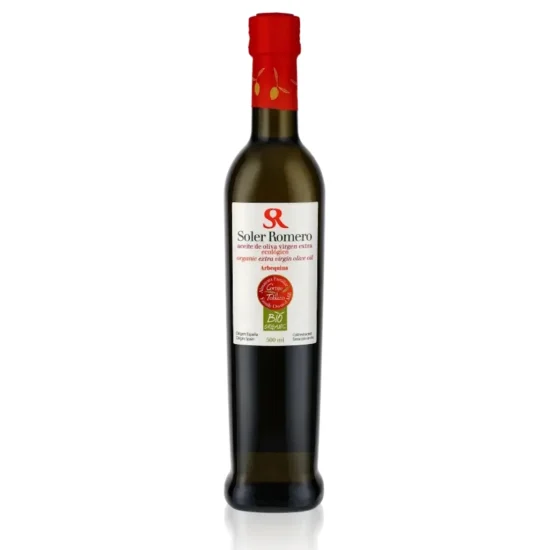
The choice of olive oil is vast, and the supermarket olive oil aisle can be complex. How can you safely choose the tastiest and most affordable bottle of EVOO? To begin with, as with wine, it will depend mainly on the consumer’s tastes and intended use. It’s a good idea to experiment with what fits your budget.
That said, several tips and tricks ensure a high-quality olive oil. Many favor the country of origin, such as Spain or Italy, as the primary criterion. And since each region and variety influences the flavor, you may also want to consider the region of origin.
Premium extra virgin olive oil is superior and is best used raw. Indeed, extra virgin olive oil is the least processed and contains no chemicals or additives. Next, choose a dark-colored bottle, as olive oil degrades when exposed to light. Also, avoid marketing jargon like “cold-pressed,” which is redundant, and “low-fat,” which is impossible since all oils are 100% fat. Organic certification is the ideal solution for those who want to avoid pesticides.
Once you’ve narrowed down your candidate pool, you can start thinking about the origin of the olive oil. Start by ignoring terms like “Product of Italy,” as this could simply mean that companies bottle olives from different regions of the world in Italy. To identify the true origin of the olive, look for the country’s initials on the back of the bottle. For example, ES for Spain and IT for Italy.
That said, companies may use different varieties of olives from different locations for the same batch of olive oil. The best way to ensure your olives come from the same place is to contact an olive oil mill.
Once this is done, check the bottle for a harvest date. Olive oil has a limited shelf life, and using the freshest oil possible ensures optimal flavor. Additionally, a lack of an expiration date on the label can hide defects. However, if you have “old” olive oil at home, feel free to use it for cooking and save the most recent bottle for raw use.
Now that you know how to accurately identify the source of your high-quality olive oil, you can start thinking about the region and flavor. Regional differences don’t affect the thickness of the oil. However, olive oils from different regions of the world have notable differences in taste.
Spanish olive oil is very diverse, with over 200 different olive varieties. Spanish olive oil is characterized by a distinctive golden yellow color due to the country’s climate. Its flavor is generally fruitier than that of its Italian counterparts. Spain produces approximately 45% of the world’s olives.
Italian olive oil is generally darker green and has a more grassy flavor and aroma. Olives from northern Italy, in particular, produce a lighter, milder oil. In contrast, those from central Italy have a much more pronounced flavor, with distinctly more grassy notes. Italy produces only 20% of the world’s olives, and given the high demand for Italian olive oil, oils labeled “Product of Italy” may contain olives from other countries. If you’re looking for authentic Italian olive oil, read the label carefully. Italian olive oil gains popularity among Japanese consumers
Italian exports of extra virgin olive oil to Japan reached nearly €130 million, a remarkable 56% increase compared to the previous year. This strong increase confirms a growing trend: Italian “tricolor” extra virgin olive oil is increasingly present on Japanese tables. This positive development was announced by Coldiretti and the Italian supply chain during an event in the auditorium of the Italian Pavilion at Expo Osaka. The event included a masterclass on Italian olive oil, created in collaboration with Unaprol and Evo School.
Masterclass at Expo Osaka
This masterclass highlighted the characteristics and qualities of Italian extra virgin olive oil, attracting numerous buyers, importers, distributors, and representatives of the Japanese market’s hospitality sector. ColdirettiHe said: “This is an exceptional opportunity to introduce attendees to high-quality Italian extra virgin olive oil, an iconic product of the Made in Italy agri-food industry and a pillar of the Mediterranean diet.”
Luigi Scordamaglia, Director of International Markets and Policies at Coldiretti and CEO of Filiera Italia, explained: “Japan is a country that values high-quality products with distinctive character and ideal biodiversity. It is an ideal country for a product of exceptional excellence like our extra virgin olive oil.” He particularly thanked Ice Agenzia for its continued commitment to promoting the excellence of Italian food and wine and strengthening trade and cultural ties with Asia during this period of great excitement and opportunity. Recognizing Sensory Quality
Given Italy’s immense biodiversity, boasting over 500 olive tree cultivars, one of the main objectives of the event was to teach participants how to identify quality extra virgin olive oil through sensory tasting. A professional taster from the Evoschool Foundation guided participants throughout the process. Extra virgin olive oils from different regions were carefully selected to help participants understand the diversity of olfactory and flavor intensity profiles. Additional extra virgin olive oil tastings took place on June 5 and 6, inviting visitors to discover Italy’s “green gold.”
Important Note: aceitedelcampo.com promotes the consumption of extra virgin olive oil for its culinary qualities and health benefits. However, no medication or current treatment should be replaced without the guidance of a healthcare professional.




ALZAYT EXPORT SL
info@aceitedelcampo.com
C/ Eduardo Bosca 19, 2-5
46023 Valencia
Subscribe and receive a coupon by email for your next purchase.